Hello. The weather has become even colder in February. February in Nishinomiya is the month of kurabiraki, when sake breweries open their breweries to the public. We hope that you will visit the Sake Museum on the occasion of kurabiraki, and have a look at the exhibition ‘Sake and the Media’ in the Sake Reference Room. In this post, following on from the signboards, hikifuda and flyers, we would like to introduce you to the posters.
-565x800.jpg)
/ the early Showa era
Since the Meiji period (1868-1912), in addition to the installation of signboards and the distribution of hikifuda and flyers, the methods of advertising products, such as publication in newspapers, have diversified, and poster display has become an effective means. It is said that the posters which started in Europe started to be handled in Japan in the latter half of the Meiji 20’s. The design of the Japanese poster depicts a beautiful woman in a kimono and is called “Bijinga (Beautiful Women) Poster.” It is said that the first time Bijinga was used in a poster was at a crystal dealer in Kofu City, Yamanashi Prefecture. Since then, Bijinga posters produced by Mitsukoshi Gofukuten drapery shop have appeared, the use of Bijinga in poster patterns has become mainstream. If you look at the poster of the sake brewing company, it shows a large picture of a woman in a kimono and not much of the product itself. It is believed that the term “poster” became established in Japan around 1920, and if you look at historical materials before then, it was described as “Bijinga signboard.”
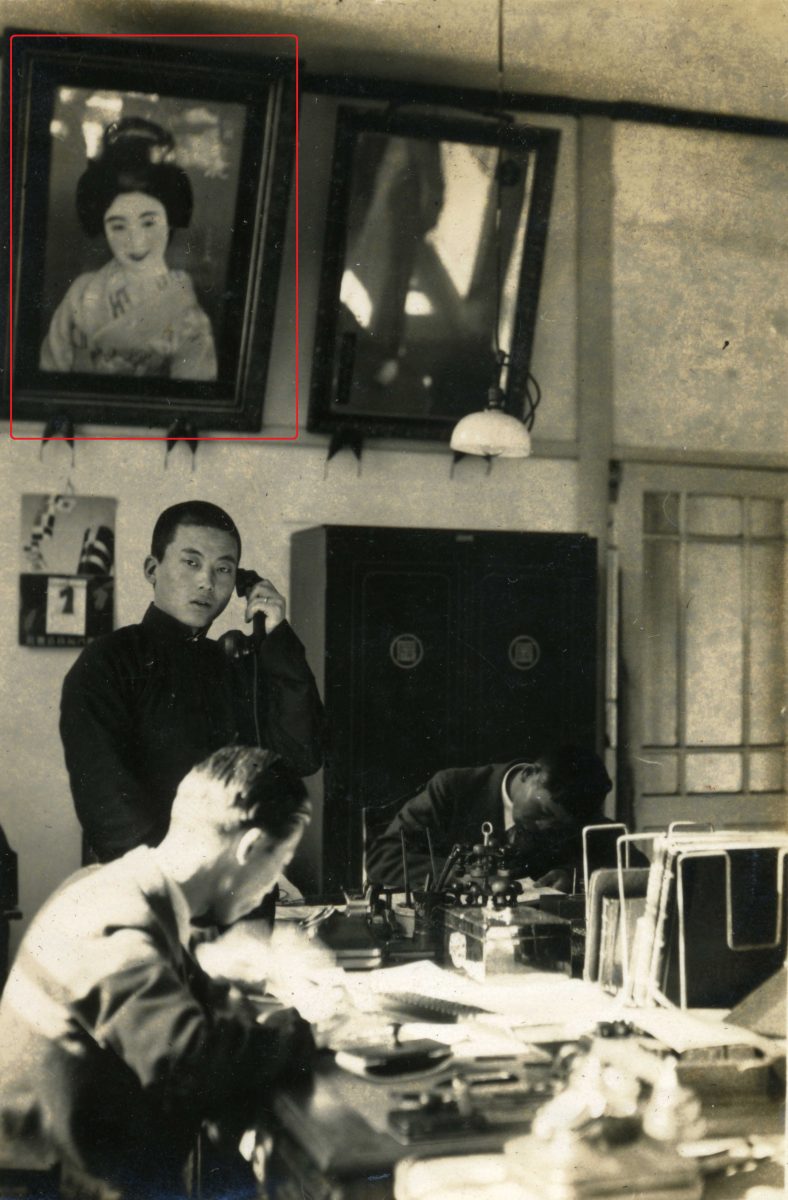
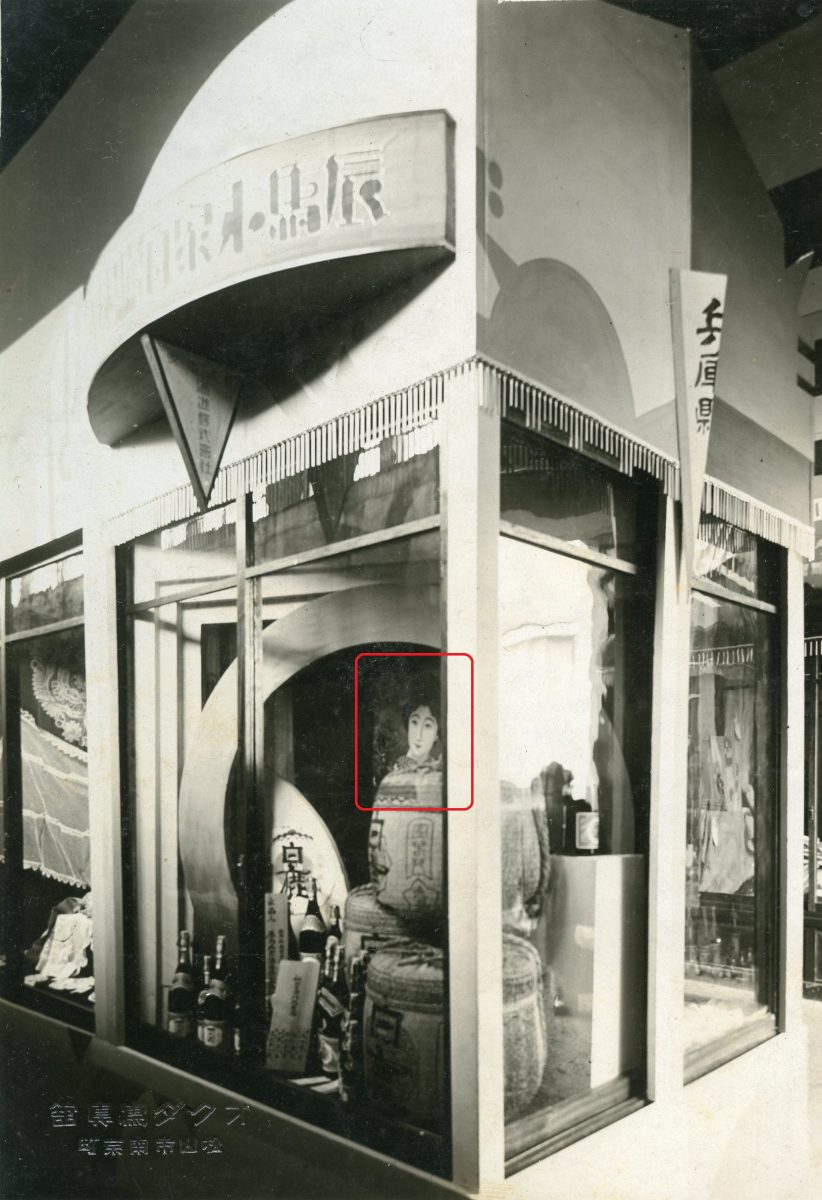
Where were these posters installed? According to advertising instruction manuals from the early Showa period (1926-1989), they were effective when placed in waiting rooms at train and car stops where large numbers of people congregated, bathrooms, theatres, activity photo studios (cinemas), barbershops and inns. All were installed indoors and in some cases framed.
-585x800.jpg)
Posters were generally ordered from printing companies, but as sake breweries required numerous printed materials, including labels to be affixed to bottles and casks, as well as bottle wrappers and flyers, they set up their own printing offices, and some companies produced posters along with these printed materials. Tatsuuma-Honke Brewing Company in Nishinomiya opened the Ebisu Printing Office near Hanshin Nishinomiya Station in 1906 and used lithographic printing technology to print these items. The Ebisu Printing Office closed down at the end of the Taisho period (1912-1926) and poster production was taken over by an offset printing company.
So far, we have introduced the advertising and publicity methods used by breweries in three sessions: signboards, hikifuda, flyers and posters. The exhibition ‘Sake and the Media’ in the Sake Reference Room highlights a wide variety of other methods, so be sure to visit the Sake Museum. We look forward to seeing you next month.


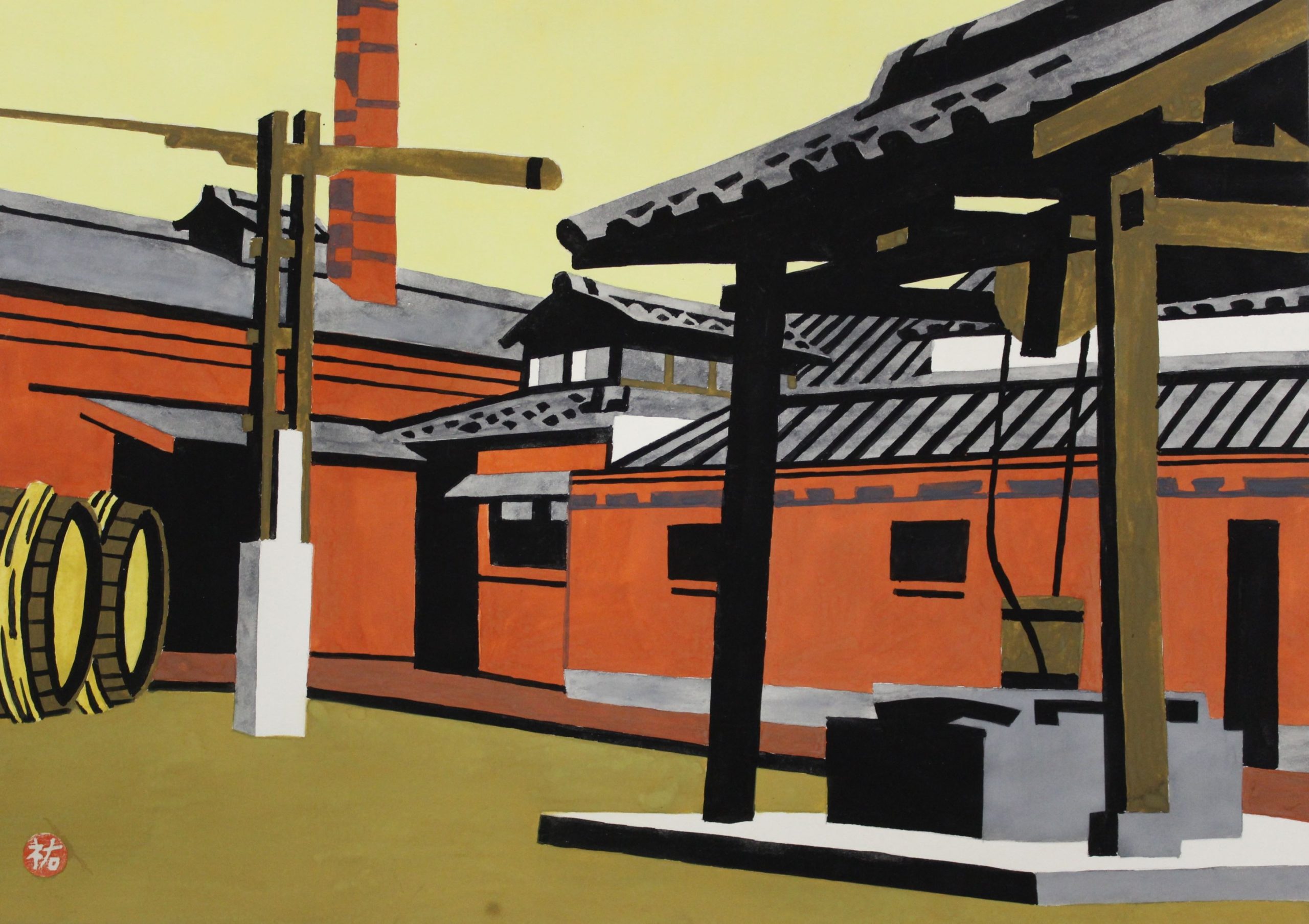
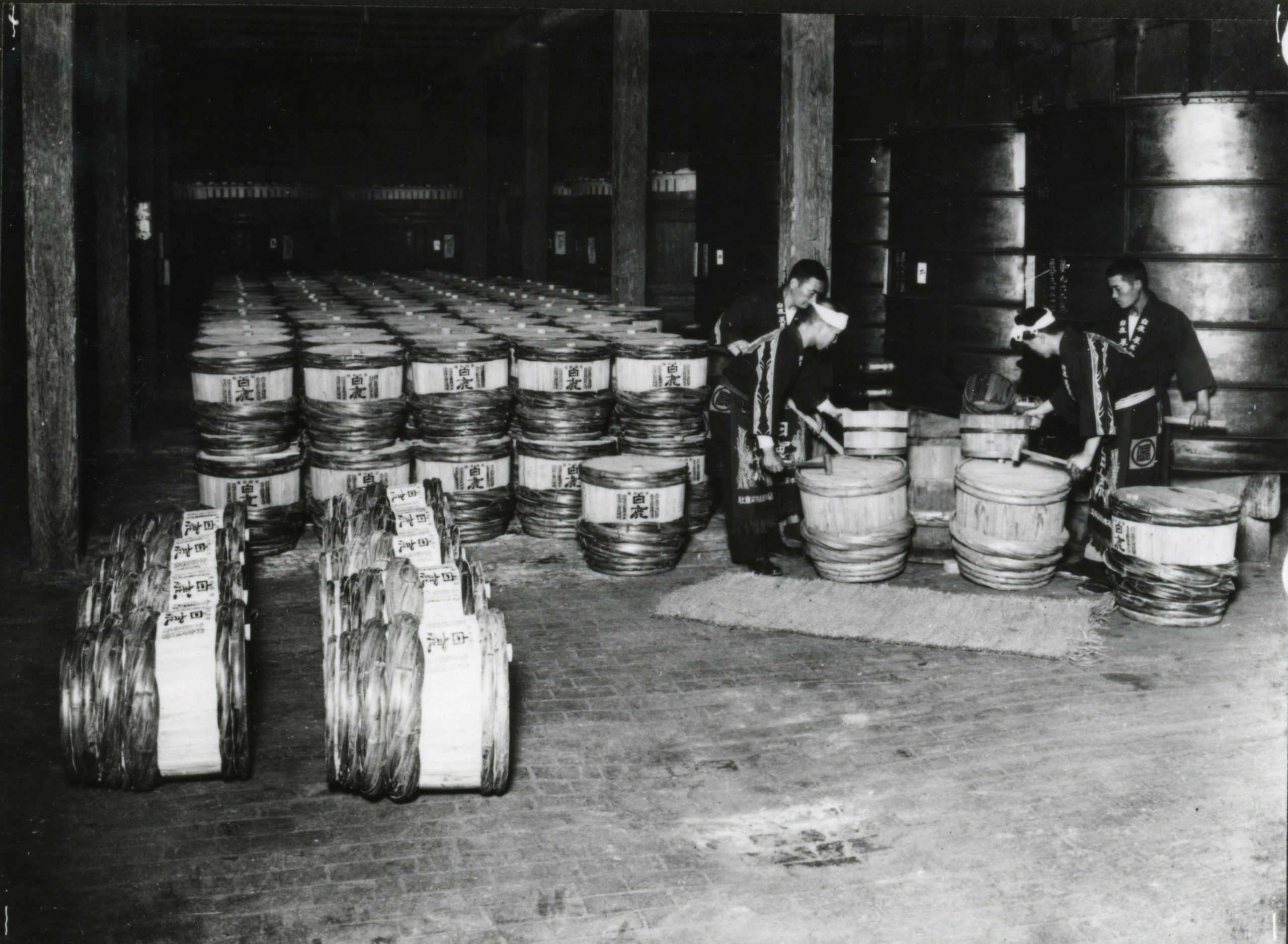

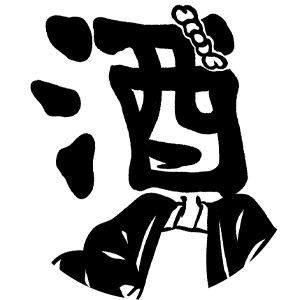
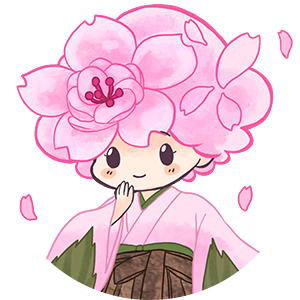
The sake brewing industry also modernized during the Meiji period!